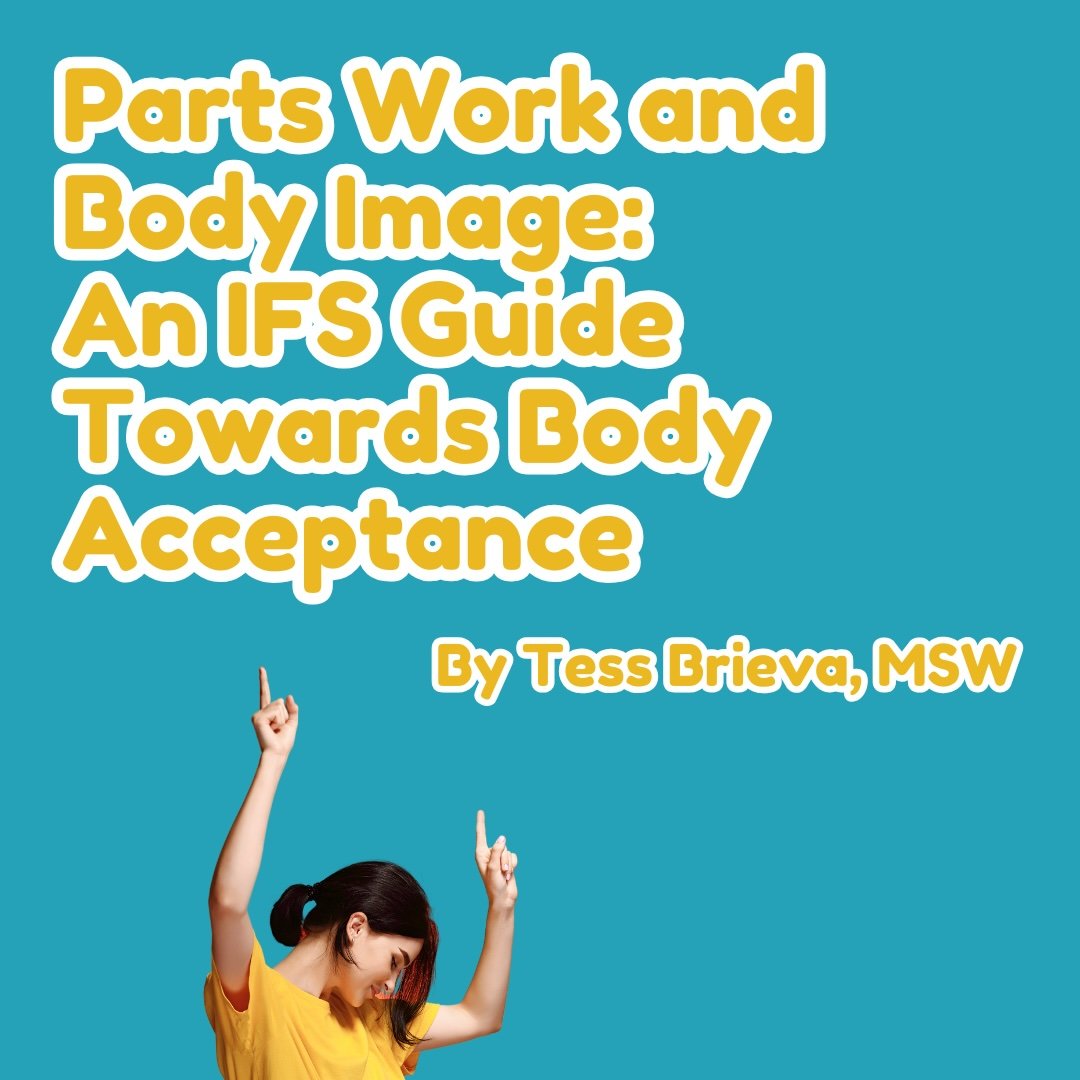Eating Disorders Among Transgender Adolescent and Young Adult Communities
By Tess Brieva, MSW
The conversation around eating disorders often focuses on cisgender women, but an emerging body of research shows that transgender and nonbinary (TNB) youth experience eating disorders at disproportionately higher rates compared to their cisgender peers. This discrepancy isn’t just about the usual risk factors like body dissatisfaction or societal pressures to conform to certain beauty ideals. For TNB youth, the intersection of gender dysphoria and eating disorders creates a unique and often overlooked challenge. In this post, we’ll take a closer look at why eating disorders are more prevalent among TNB adolescents and young adults, and why understanding this connection is critical for improving care and support.
What Is Gender Dysphoria and How Does It Relate to Eating Disorders?
Gender dysphoria refers to the distress that arises when someone’s gender identity doesn’t align with the sex they were assigned at birth. For many transgender and nonbinary individuals, this disconnect can cause significant emotional and psychological strain. As gender-affirming care like hormone therapy and surgeries becomes more accessible, many TNB youth still face intense societal pressures and discrimination, adding to the stress of their gender experience.
For some TNB youth, this gender-related distress doesn’t only manifest as emotional turmoil; it can also show up in how they relate to their bodies. Eating disorders can become a tool to either delay or alter physical changes associated with puberty. For example, restrictive eating or excessive exercise might be used to prevent the development of secondary sexual characteristics, like body hair or chest development, that don’t align with someone’s gender identity. In this way, eating disorders can be a coping mechanism for managing the emotional and physical discomfort of gender dysphoria.
Eating Disorders in TNB Youth: More Than Just Body Image
Eating disorders — whether anorexia nervosa, bulimia nervosa, or binge eating disorder — are often seen as issues related to body image. However, for TNB youth, the relationship between body image and eating disorders is far more complicated.
Many TNB individuals experience body dissatisfaction due to gender dysphoria, which is different from the typical body dissatisfaction that drives eating disorders in cisgender individuals. While cisgender youth may be dissatisfied with their weight or appearance due to societal ideals of thinness, TNB youth may be dissatisfied with the gendered aspects of their bodies—such as breast development, body hair, or changes in their hips. In this context, eating disorders can be an attempt to align the body more closely with a gender identity that feels more authentic.
For instance, individuals might restrict their food intake or engage in purging behaviors to stop puberty or modify their bodies in a way that feels more congruent with their gender identity. This type of eating disorder is sometimes seen as a way to manage both gender dysphoria and body dysmorphia simultaneously. The distress of feeling disconnected from one’s body is compounded by the cultural pressures to conform to gendered ideals of what it means to look "masculine" or "feminine."
The Role of Trauma and Minority Stress
Another critical factor in the eating disorder experiences of TNB youth is minority stress — the additional stress that marginalized individuals face as a result of discrimination, stigma, and social exclusion. TNB youth often deal with harassment, rejection, and violence, which can lead to mental health struggles like anxiety, depression, and self-harming behaviors, all of which can further increase the risk of developing eating disorders.
Eating disorders in TNB youth are frequently accompanied by trauma, suicidal ideation, and self-harming behaviors. This is why mental health professionals and clinicians working with TNB individuals must take an intersectional, trauma-informed approach to treatment. The Minority Stress Model, which looks at how stress related to minority status impacts mental health, is particularly useful in understanding the complexities of eating disorders among TNB youth. The higher rates of suicidal ideation and suicide attempts in this population underscore the importance of timely and affirming care.
The Lack of Gender-Inclusive Eating Disorder Treatment
While the research on eating disorders in TNB communities is growing, it is still in its infancy, and there are significant gaps in how eating disorders are understood and treated in this group. One major issue is the lack of gender-inclusive screening tools. Most current tools are based on research conducted with cisgender populations, often cisgender white women, and do not account for the unique experiences of TNB individuals. This means that many TNB youth might go undiagnosed or misdiagnosed, and their eating disorder symptoms may not be fully understood or addressed.
Additionally, there is often a lack of integration between eating disorder treatment and gender-affirming care. For many TNB individuals, accessing gender-affirming care like hormone therapy or surgeries can significantly reduce the distress associated with gender dysphoria. But without an inclusive approach to eating disorder treatment that accounts for both gender identity and body image, many TNB youth may not receive the holistic care they need.
As research suggests, when TNB individuals have access to both gender-affirming care and gender-inclusive eating disorder treatment, their overall well-being improves. Therefore, integrating these two areas of care is crucial for better treatment outcomes.
Moving Forward: What Needs to Change?
Given the intersection of gender dysphoria and eating disorders, it's clear that more research is needed to understand the specific needs of TNB youth. For one, eating disorder treatment facilities must become more inclusive and affirming of gender diversity. This includes not only training staff to be sensitive to gender issues but also developing screening tools that are relevant to TNB populations and that can identify eating disorder symptoms in a gender-inclusive way.
Furthermore, research needs to pay more attention to non-restrictive eating disorders, like binge eating disorder (BED), which is often overlooked in traditional eating disorder frameworks. BED can be particularly important in the context of trauma, and many TNB youth who experience gender-related trauma may develop disordered eating patterns as a form of emotional regulation.
Finally, eating disorder research and treatment for TNB communities must be more intersectional. This means considering how other aspects of identity, such as race, class, ability, and size, influence the presentation of eating disorders and the barriers to accessing care. Fatphobia — the societal fear and hatred of fatness — is also a key issue that must be addressed, as TNB individuals who are also fat often face compounded discrimination and stigma, both in healthcare settings and in society.
Creating More Inclusive, Affirming Care
The experiences of eating disorders among transgender and nonbinary youth are complex and multifaceted. Gender dysphoria, body dissatisfaction, trauma, and the lack of inclusive care all contribute to the higher rates of eating disorders in this group. But there is hope. As research continues to grow in this field, we can begin to build a more inclusive, compassionate approach to both eating disorder treatment and gender-affirming care.
For clinicians, educators, and mental health professionals, it's crucial to stay informed about the unique challenges faced by TNB youth. Understanding the intersection of gender identity, body image, and eating disorders will help ensure that transgender and nonbinary individuals receive the care and support they deserve—both for their mental health and for their gender journey.
By creating more inclusive spaces for care, advocating for better research, and addressing the societal factors that fuel eating disorders, we can help TNB youth thrive in a world that too often marginalizes them.
Go deeper with body acceptance
This 14 page workbook provides a compassionate approach to healing body image struggles using Internal Family Systems (IFS) therapy. Instead of focusing solely on behavior change, IFS helps you explore the deeper emotional dynamics behind negative body image with curiosity and self-compassion.
By recognizing that your mind consists of different "parts"—Managers, Firefighters, and Exiles—this workbook guides you to understand how these parts attempt to protect you from emotional pain. It introduces the concept of Self Energy, a healing force within you characterized by the 8 Cs: Compassion, Curiosity, Connectedness, Creativity, Calm, Confidence, Courage, and Clarity.
Through targeted exercises, you will identify how these parts operate in your own experience, build self-awareness, and develop a more accepting and loving relationship with your body. By the end, you’ll feel more patient, compassionate, and better equipped to embrace yourself as you are.



